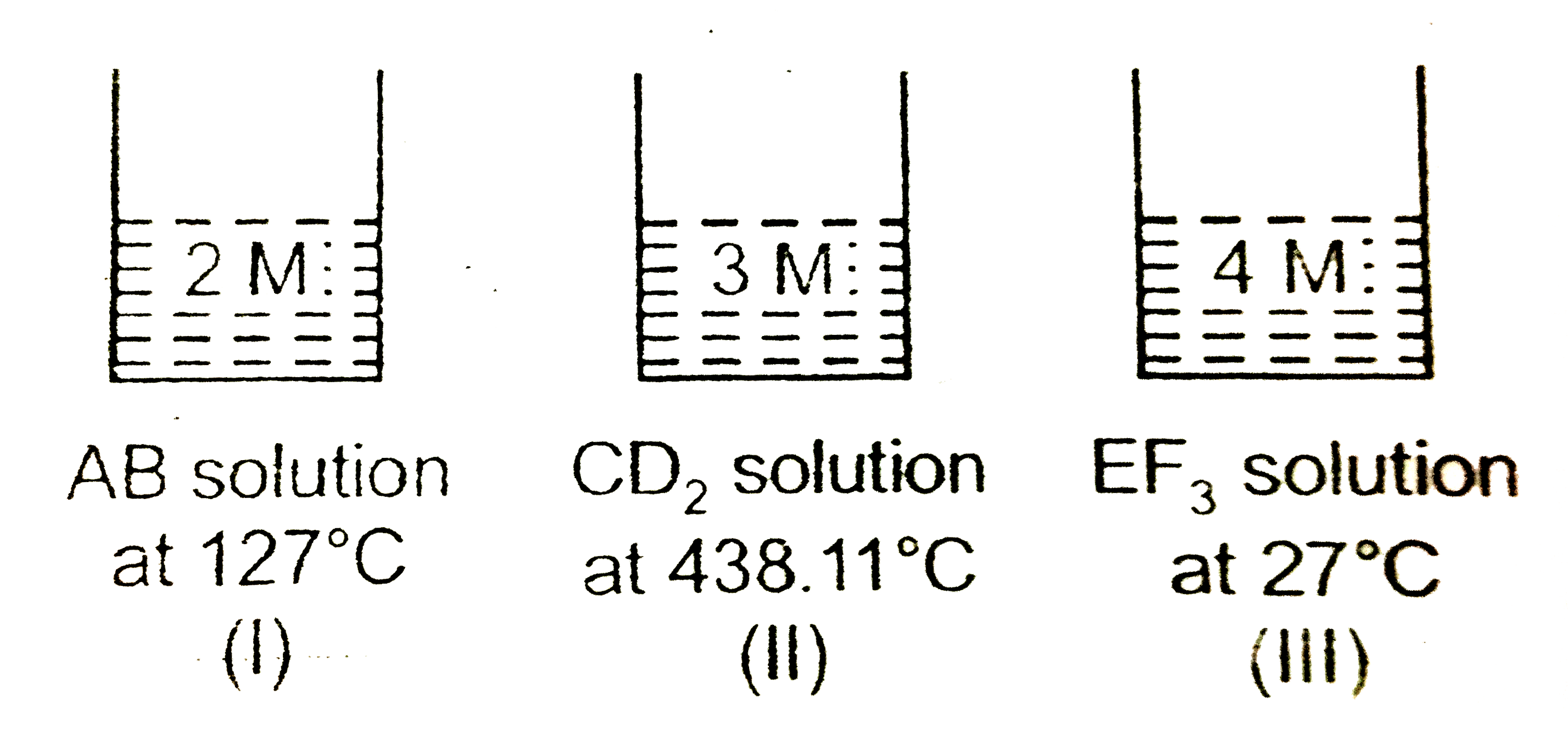Let A={a,a2,…….an} be a set containing a elements. The number of symmetric relations that can be denned on A is
2n(n−1)/2
2n
2n(n+1)/2
22n
The correct Answer is:C
Topper's Solved these Questions
- SETS, RELATIONS AND FUNCTIONSBOOK - MCGROW HILL PUBLICATIONCHAPTER - SETS, RELATIONS AND FUNCTIONSEXERCISE - SOLVED EXAMPLES (LEVEL 2 (SINGLE CORRECT ANSWER TYPE QUESTIONS))
24 Videos
- SETS, RELATIONS AND FUNCTIONSBOOK - MCGROW HILL PUBLICATIONCHAPTER - SETS, RELATIONS AND FUNCTIONSEXERCISE - SOLVED EXAMPLES (NUMERICAL ANSWER TYPE QUESTIONS )
20 Videos
- SETS, RELATIONS AND FUNCTIONSBOOK - MCGROW HILL PUBLICATIONCHAPTER - SETS, RELATIONS AND FUNCTIONSEXERCISE - QUESTIONS FROM PREVIOUS YEAR.S B-ARCHITECTURE ENTRANCE EXAMINATION PAPERS
19 Videos
- QUADRATIC EQUATIONSBOOK - MCGROW HILL PUBLICATIONCHAPTER - QUADRATIC EQUATIONSEXERCISE - Questions from previous Years. B - architecture entrance examination papers
16 Videos
- STATISTICS BOOK - MCGROW HILL PUBLICATIONCHAPTER - STATISTICS EXERCISE - QUESTION FROM PREVIOUS YEARS. B-ARCHITECTURE ENTRANCE EXAMINATION PAPERS
13 Videos
Similar Questions
Let A and B infinite sets containing m and n elements respectively. The number of relations that can be defined from A to B is
View SolutionLet A1,A2,A3...,An are the vertices of a polygon ofnsides. If the number of pentagons that can beconstructed by joining these vertices such that none of the side of the polygon is also the side ofthe pentagon is 36, then the value of 'n' is :
View Solution
Knowledge Check
Let X be a set containing n elements. The number of reflexive relations that can be defined on X is
A2n2B2n2−nCn(2n2−n)Dn(2n2)Let A be a finie set containing n distinct elements. The number of relations that can be defined on A is
A2nBn2C2n2D4nLet A be a set containing n elements. If the number of reflexive relations that can be defined on A is 64, then n is equal to
A2B3C4D6
Let S={a1,a2,………a12}. Find the total numebr sets which contain one or more of the elements of set S (including the possibility of using all the elements of S) so that the element in a specific set must be an integral multiple of the smallest number in the set. Also generalise the result.
View SolutionConsider three solutions of 3 strong electrolytes.AB, CD2 and EF3

The osmotic pressure ratio of I,II, and III is
View SolutionLet A and B infinite sets containing m and n elements respectively. The number of relations that can be defined from A to B is
View SolutionLet A be a finite set containing n elements, then the number of relations on A is
View SolutionThe number of subsets of the set A={a1,a2,…,an} which contain even number of elements is
View Solution
